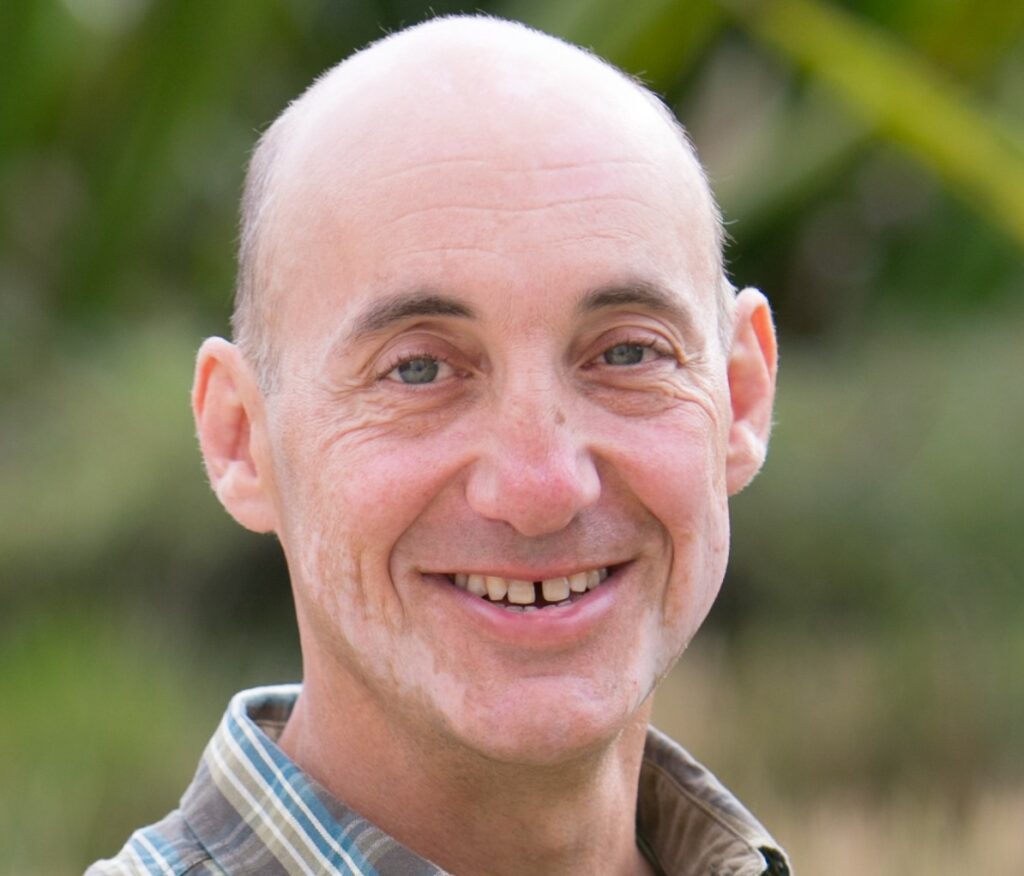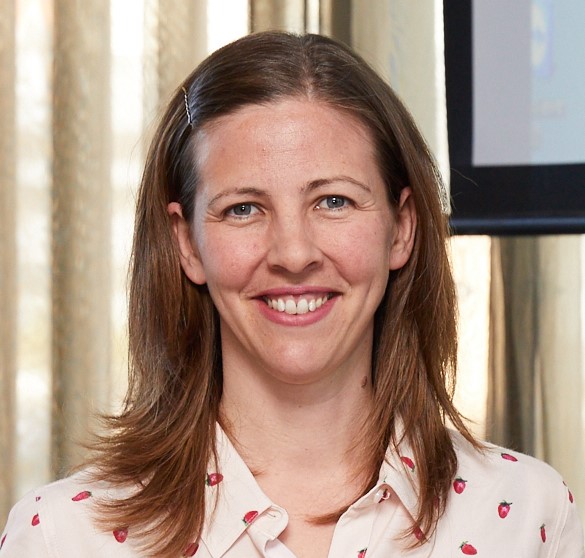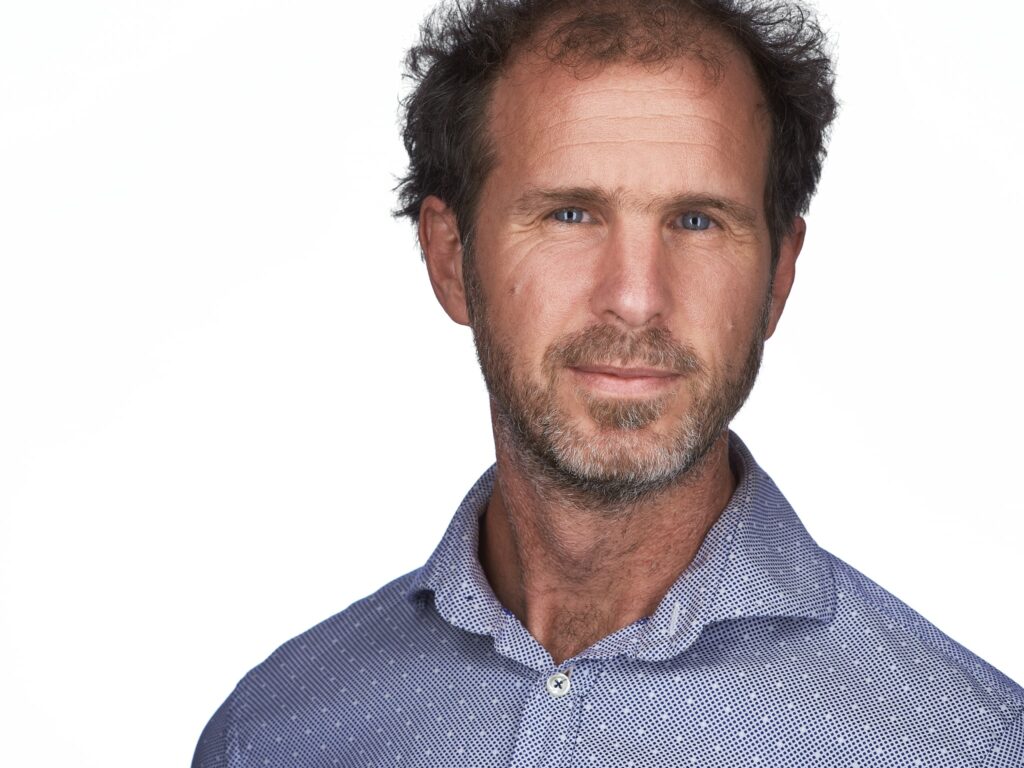Microplastics
Facilitated by Professor Nicky Eshtiaghi (RMIT University)

Dr Scott Wilson (AUSMap)
The state of knowledge on microplastic pollution in Australia: sources, sinks and future directions
Microplastics (<5mm) are now recognised as ubiquitous around the world with for example 170 trillion pieces of microplastics estimated to be in our oceans. In Australia, the amount of data on microplastics in the environment is patchy both spatially and temporally. Added to this, most of the data is from aquatic systems or associated biota. Information relating to terrestrial and atmospheric environments however remains sparse. While studies on sources and sinks have rightly focused on urban landscapes as the main area of concern, there are distinct gaps in knowledge from rural, agricultural and traditionally managed lands. Another area requiring attention is determining the ecological risks associated with microplastic exposure. There is clear evidence on the uptake of microplastics in a wide range of organisms but limited data determining their potential harms and thresholds.
To accurately manage this growing pollution problem and address these shortfalls a more comprehensive and systematic approach to monitoring and assessment is required. This talk will explain these pressing issues and delve into the role that science and civil societies can play in helping understand the problem to enable more effective and targeted solutions.

Dr Catherine Rees (Melbourne Water)
Microplastics – water industry challenges
Research on the impacts of microplastics is growing, along with community interest and concern. Plastics are of great interest to the water industry. Plastics that litter our streets enter stormwater and waterways. Plastics enter our sewer systems from clothes laundering and incorrect disposal of plastic items to sewer. The water industry is funding significant research on plastics, however some topic areas, such as microplastics are posing significant challenges. Wastewater treatment plants remove up to 99.9% of microplastics, however, not all plants across Australia currently achieve this. The high cost of sampling and limitations with levels of detection are key blockers to fully understanding and optimising microplastics removal across the wastewater treatment train in all Australian treatment plants.
Presentation not available. Please contact the presenter directly.

Tanveer Adyel (RMIT University)
Plastics in coastal wetlands – a double-edged sword
Abstract not available.

Professor Bing-Jie Ni (UNSW)
Sustainable microplastics management: capture, upcycling and utilisation
Micro(nano)plastics (MNPs), defined as plastic particles < 5mm in size, have aroused increasing concerns as they pose threats to aquatic species and human beings. Removing MNPs from water bodies thus becomes an important issue. Currently, a series of methods have been developed to extract MNPs from water, and magnetic separation has attracted great interest due to its easy operation, high capacity, and less waste sludge. However, conventional magnetic separation process has many limits. In addition, most of current studies only focus on extracting MNPs from water, how to further manage the collected plastic waste is less explored. Based on the recent research outcomes of his group, Prof Ni will present a novel dynamic magnetic separation technology for the sustainable management of MNPs in different water systems. The talk will also cover the opportunities and strategies for upcycling and utilisation of the captured MNPs.

Dr Elvis Okoffo (The University of Queensland)
Analysis of micro- and nano-plastics in environmental samples by pyrolysis gas chromatography mas spectrometry
Micro-plastics contamination within environmental samples is now widely described and through recent analytical developments nano-plastics contamination has begun to be reported. However, little is currently known about the size distribution of micro- and nano -plastics contamination of environmental samples. Pyrolysis-gas chromatography-mass spectrometry (Pyr-GC/MS) has recently emerged as a quantitative technique for the analysis of micro- and nano-plastics contamination of environmental samples. This includes seafood and potable water destined for human consumption through to biosolids (sewage sludge) destined for agricultural applications and plastics in marine sediments, and wastewater. In this presentation we will provide an overview on the use of pressurised liquid extraction and/or Amicon Stirred Cell ultrafiltration followed by Py-GC/MS for the analysis of micro- and nano-plastics in complex environmental samples. Additionally, we will discuss how sequential size fractionation prior to analysis can be used as a quantitative method to determine size distribution of micro- and nano-plastics. Limitations of this methodology will be discussed, in conjunction with recommendations on how this workflow can advance future research on micro – and nano-plastics contamination.

Dr Mike Williams (CSIRO)
Managing the risks of microplastics when they don’t reach the ocean
Millions of tonnes of organic waste materials, such as biosolids and composts, are land-applied in Australia for beneficial reuse due to their nutrient content and physical attributes These organic wastes, however, contain high loads of microplastics through contamination of their source materials. Future strategies for the regulation and management of microplastics in land-applied organic waste materials requires a consistent approach to their quantification and characterisation to properly define their risk. An overview of approaches for measuring microplastics in organic wastes to define their baseline quantities and how this can be used to understand their risks will be discussed.

Professor Nicky Eshtiaghi (RMIT University)
Magnetic MOF-based adsorbent for effective removal of microplastics
Micro and nanoplastics (MNPs) contamination are an escalating environmental issue due to their persistence, toxicity, and adverse health impacts on humans and wildlife. Traditional wastewater treatment systems are not designed to capture these tiny particles effectively. To tackle this challenge, Magnetic MOF-based adsorbents offer a promising solution for the effective removal of microplastics from contaminated water sources. Their combination of high adsorption capacity and ease of magnetic separation makes them suitable for both laboratory and real-world applications, contributing to the mitigation of MNP pollution and its associated risks to human health and the environment. The developed material at RMIT can remove cationic and anionic microplastics (30 nm to 3 µm) in 15-60 mins both in pure and salty water.
